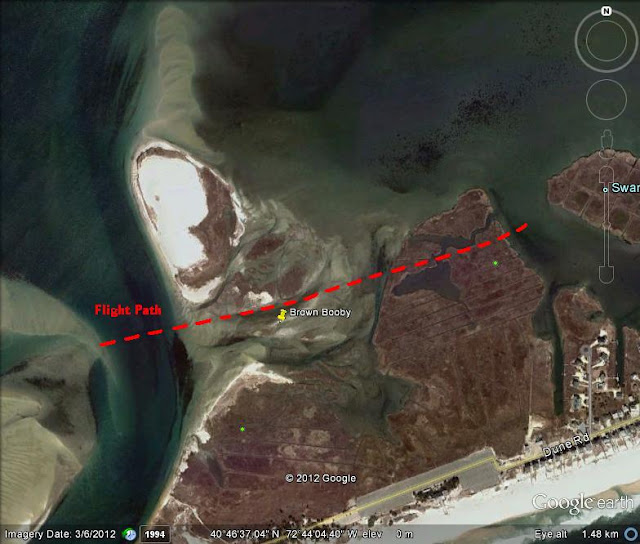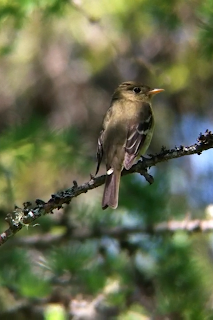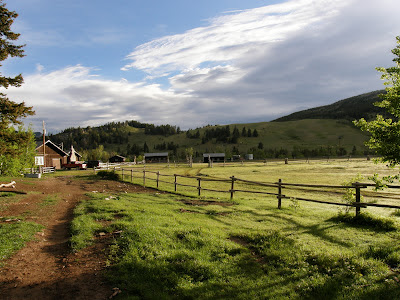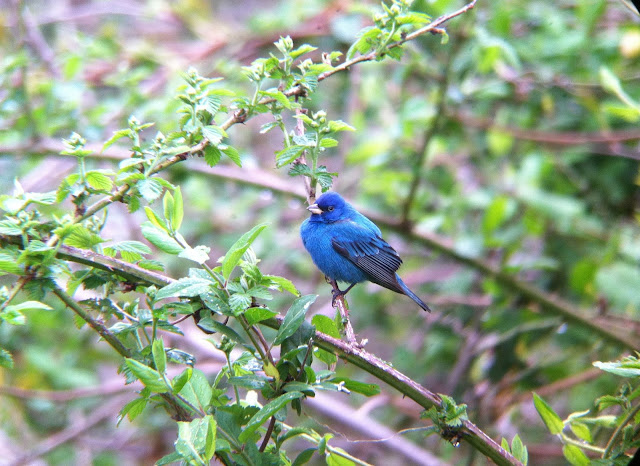Finch Fever

Red-breasted Nuthatch Derek Rogers During last Fall and Winter, you'd have been hard pressed to find a Red-breasted Nuthatch around Long Island. Some of their historic breeding sites, like the pitch pine forests at Brookhaven National Lab, did hold this species throughout the year. But, for the most part, there was little movement. This year has been a different story. Solid numbers of Red-breasted Nuthatches started getting reported in the late Summer months islandwide. This relatively early arrival time has been, in the past, known to signify a finch irruption. For Long Island, this generally means that the winter finches (Pine Siskin, Purple Finch, Crossbills, and Redpolls) might move south and visit our beaches, forests, and bird feeders. The photo on the right shows a classic view of a Red-breasted Nuthatch. I particularly like the perspective of this shot, the bird's classic, clinging and curious stance, and the background color composition. An
.JPG)






